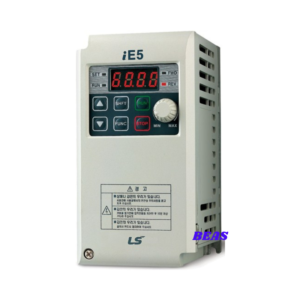Specification:
The specifications of an LS inverter can vary depending on the model and intended use, but here are some general specifications that might be associated with an LS inverter:
- Power Rating: This refers to the capacity of the inverter to handle electrical power. It’s usually measured in kilowatts (kW) or horsepower (HP).
- Input Voltage: The voltage at which the inverter receives power from the source. It can vary based on the specific model and application.
- Output Voltage: The voltage produced by the inverter to run the motor or equipment it’s controlling. It’s often adjustable to control motor speed.
- Frequency Range: The range of frequencies that the inverter can output to control the speed of the motor. It’s typically measured in Hertz (Hz).
- Control Methods: LS inverters might support various control methods like sensorless vector control, V/F control (Voltage/Frequency control), or other advanced control algorithms.
- Enclosure Rating: Indicates the protection level of the inverter against environmental factors like dust, water, and other contaminants. Common ratings include NEMA and IP ratiné.


